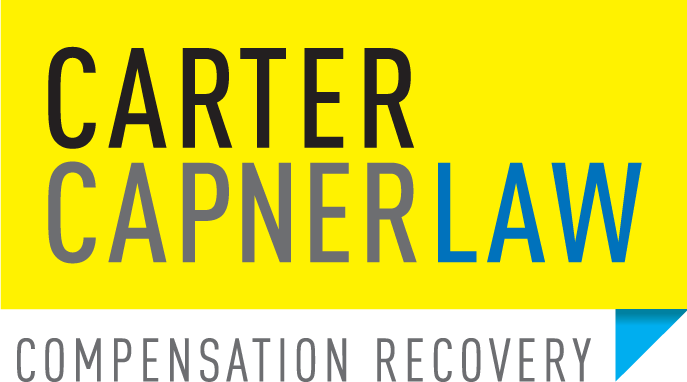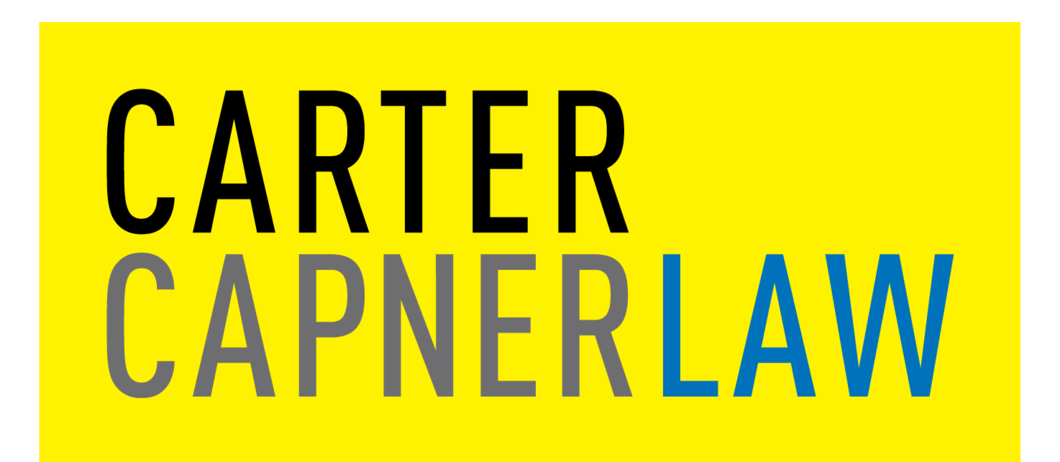Written by Carter Capner Law
Updated on March 26, 2025Queensland’s motor accident insurance framework incorporates elements of both no-fault and fault-based systems, which can confuse drivers, passengers, and pedestrians alike. Determining whether you can claim compensation after a crash—and what’s covered—often depends on who was at fault, the type of injuries sustained, and the specific insurance in place. Understanding the distinctions between no-fault entitlements and fault-based claims can help Queensland road users navigate the compensation process more confidently.
Why Both No-Fault & Fault Systems Exist
In many jurisdictions, motor insurance is either purely no-fault—where each party’s insurer pays out regardless of who caused the crash—or fault-based—requiring an at-fault determination for injury compensation. Queensland’s scheme blends aspects of both. Its Compulsory Third Party (CTP) insurance primarily hinges on fault to recover damages, yet some support measures apply regardless of fault (e.g., certain ambulance or immediate medical costs). This hybrid approach aims to provide swift medical aid while still holding negligent parties responsible for longer-term compensation.
Overview of Queensland’s CTP Insurance System
Under Queensland’s Motor Accident Insurance Act 1994 (Qld), every registered vehicle must carry Compulsory Third Party insurance. Key points include:
- Coverage for Injured Third Parties: Passengers, pedestrians, cyclists, or drivers of other vehicles can claim if they’re harmed by a negligent driver insured under the CTP scheme.
- Fault-Based Model: Compensation beyond immediate medical care typically requires proving someone else was at fault.
- Limited No-Fault Support: Immediate ambulance or life-saving treatment is not withheld pending fault assessments, ensuring urgent care is provided.
While certain immediate benefits function on a no-fault basis (like ensuring emergency treatment), broader compensation—such as for lost wages or pain and suffering—generally depends on establishing negligence by another party.
What No-Fault Coverage Might Include
Though Queensland doesn’t have a fully no-fault scheme for traffic injuries, some support applies irrespective of who caused the crash:
- Ambulance & Emergency Care: Initial medical response services typically do not require fault to be established before providing urgent treatment.
- Hospital & Medicare Services: Public healthcare can cover many immediate medical needs, subject to standard Medicare processes.
- Immediate Assistance Packages (in limited scenarios): Some insurers may voluntarily offer early support (e.g., short-term physiotherapy) without admitting liability.
For significant, ongoing compensation, however, claimants usually need to progress a formal fault-based claim through the CTP insurer or legal avenues.
Comparing No-Fault vs. Fault-Based Benefits
Below is a simplified overview of how certain benefits apply under Queensland’s hybrid system:
| Benefit / Expense | No-Fault Coverage | Fault-Based Compensation |
|---|---|---|
| Initial Emergency Care | Yes – ambulance and urgent treatment usually provided to all | N/A – immediate care doesn’t require fault determination |
| Ongoing Medical Costs | Public hospital care under Medicare (limited scope) | CTP insurer covers if another driver is at fault |
| Loss of Income | Not covered unless separate personal insurance is in place | Recoverable through CTP claim if another driver is negligent |
| Pain & Suffering | No government-funded no-fault payout | Included in fault-based claim for general damages |
| Rehabilitation & Long-Term Care | Basic public healthcare, subject to wait times & availability | CTP may fund rehab, home modifications, etc., if liability is proven |
Fault Determination & Negligence
To succeed in a fault-based compensation claim, claimants must generally demonstrate:
- Duty of Care: The at-fault driver owed a duty to operate their vehicle safely.
- Breach: They violated traffic rules or acted unreasonably (e.g., speeding, distracted driving).
- Causation: The breach caused or contributed to the accident, leading to the claimant’s injuries.
- Damages: The injured party suffered compensable losses—medical bills, lost wages, pain and suffering, etc.
If negligence is established, the at-fault driver’s CTP insurer becomes liable for covering validated damages. If multiple parties share responsibility, Queensland applies proportionate liability, distributing compensation based on each driver’s percentage of fault.
What if You’re Partly at Fault?
Under contributory negligence, your compensation may be reduced if your own conduct contributed to the crash (e.g., not wearing a seatbelt, speeding). The insurer or court examines:
- Degree of Contribution: A percentage assigned to your actions vs. the other driver’s negligence.
- Impact on Damages: Final payouts are reduced proportionally by your share of fault.
Example: If you’re found 20% responsible, you receive 80% of the total damages award. This partial-fault scenario still relies on the other party bearing the majority of negligence.
Steps to Take After a Car Accident
Regardless of fault, taking certain measures can preserve your eligibility for no-fault assistance and fault-based claims:
| Step | Action | Why It Matters |
|---|---|---|
| 1. Seek Immediate Medical Care | Call an ambulance or visit a hospital | Helps with urgent treatment (covered without fault) and documents injuries |
| 2. Notify Police & Insurers | Report significant crashes & contact your insurer ASAP | Complies with legal obligations, initiates claims processes |
| 3. Collect Evidence | Photos, dash cam footage, witness details | May confirm negligence if a fault-based claim is pursued |
| 4. Keep Medical Records | Obtain treatment summaries, receipts, and ongoing reports | Supports both no-fault (emergency care) & fault-based claims for losses |
| 5. Consult Legal Advice | Contact a personal injury lawyer in Queensland | Clarifies entitlement under no-fault aspects & potential negligence claims |
Frequently Asked Questions (FAQ)
Is Queensland moving towards a fully no-fault scheme?
No significant reforms indicate a full no-fault system is imminent. Queensland’s CTP remains fault-based, though partial no-fault elements (e.g., immediate emergency treatment) exist for humanitarian reasons and quick care provision.
Do I need to prove the other driver’s fault to get hospital treatment?
No. Emergency medical care is provided without waiting for a fault determination. However, longer-term compensation (e.g., for ongoing rehab or lost wages) typically requires establishing negligence under the fault-based model.
What if both drivers partially caused the accident?
Queensland applies proportionate liability. Each driver’s insurer pays damages aligned with their percentage of fault. For instance, a 50-50 split yields half of each side’s total potential compensation.
Does my own private health insurance matter?
It can cover certain medical costs if you’re partially at fault or awaiting a negligence claim outcome. However, it won’t typically compensate lost income or pain and suffering—those are primarily accessible via CTP or fault-based lawsuits.
Key Takeaways (TL;DR)
- Queensland’s system blends no-fault emergency care with a fault-based CTP scheme for broader compensation.
- Negligence must be proven to access damages for lost wages, pain and suffering, and long-term rehab.
- Immediate hospital treatment and ambulance services are provided without establishing fault.
- Contributory negligence reduces final compensation if you share blame for the crash.
- Seeking legal advice early ensures you understand both no-fault entitlements and fault-based claim options.
Although Queensland does not offer a pure no-fault scheme like some other regions, its hybrid approach ensures that anyone injured in a car crash can access emergency treatment without delay. Beyond those immediate measures, individuals seeking compensation for significant losses generally must pursue a fault-based claim. Collecting thorough evidence, reporting incidents promptly, and consulting legal professionals can help you secure the best possible outcome—whether it involves no-fault benefits or proving another party’s negligence for a larger damage award.
Sources / Citations
[1] Motor Accident Insurance Commission (MAIC) – Queensland CTP Insurance


